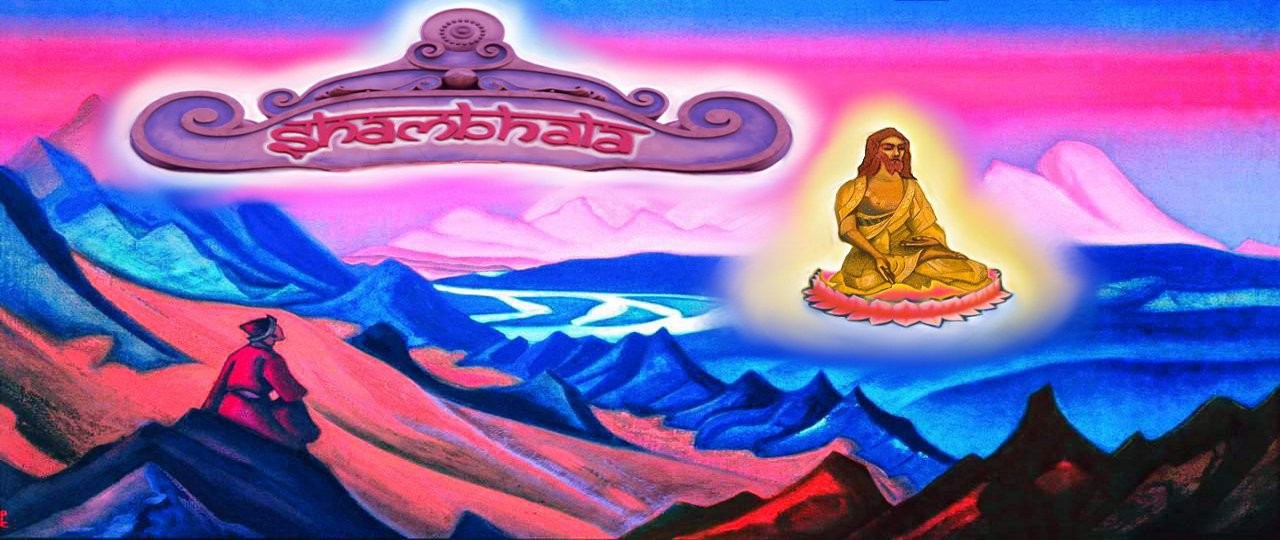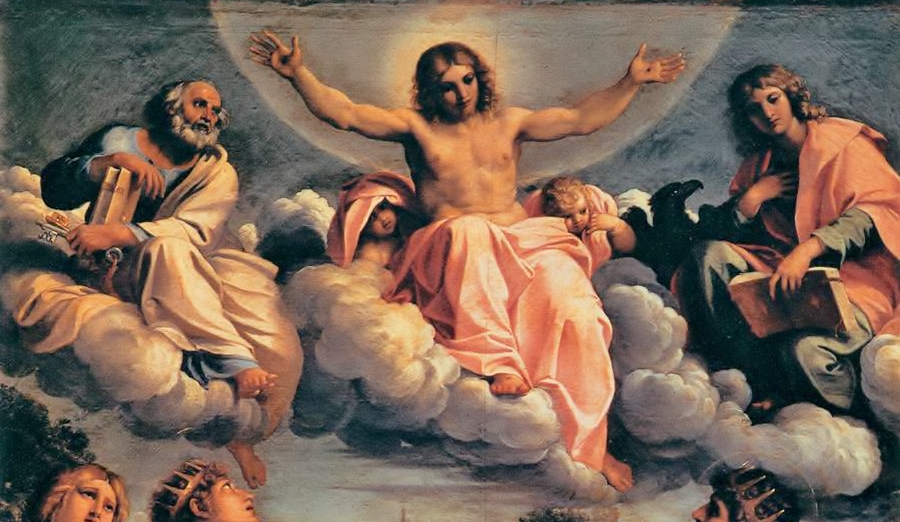The following article has been taken from my book publication entitled The Greater and Lesser Mysteries of Christianity: The Complementary Paths of Anthroposophy and Catholicism (2015); and is in fact the concluding chapter. For anyone interested in pursuing this topic more thoroughly, the book is available on Amazon.com.
EVEN THOUGH FEW present-day anthroposophists and few current Catholics recognize and understand the two-millennial division of Christian teaching into exoteric mystery-wisdom and esoteric mystery-wisdom, there are still noteworthy examples in recent years which show that each side is beginning to amicably learn more about the other.
Even though the anthroposophical leadership in Dornach, Switzerland does not officially converse with the Catholic Church, and even though the Vatican Curia in Rome does not officially converse with the General Anthroposophical Society, individual anthroposophists and Catholics have begun to slowly befriend each other.
It will probably come as a complete shock and surprise, to both anthroposophists and Catholics alike, to discover that Karol Josef Wojtyla (1920‒2005)―before he became Pope John Paul II―was involved with an anthroposophical group in Poland that was studying the art of speech and working with Rudolf Steiner’s mystery dramas. Moreover, before he became Pope Benedict XVI, Cardinal Joseph Ratzinger (b.1927) was the head (or “prefect”) of the Congregation for the Doctrine of the Faith from 1981 to 2005. In this capacity (where he was nicknamed, “God’s Rottweiler”), Cardinal Ratzinger’s primary function was to defend and reaffirm traditional Catholic doctrine. During that time, he was friends with Dr. Martin Kriele (b.1931), a well-respected German constitutional lawyer who was both Catholic and anthroposophist. In an interview given in 1988, Kriele stated:
I don’t withhold [from the Catholic Church] that I’m an anthroposophist and I must say that it’s caused me not the slightest difficulty and even the ultimate arbiter [of the Church], so to speak, Cardinal Ratzinger, knows me to be an anthroposophist. He is today the ultimate defender of the faith and he took no offense from that.
Moreover, in Kriele’s experience, Catholics were much more accepting of him being an anthroposophist, than anthroposophists were of him being a Catholic. As he indicated in the same interview quoted above:
Catholicism, meanwhile, has become much more open. It’s often happened to me that my coreligionists respond not with hostility but with interest when I say that I am an anthroposophist. When, among anthroposophists, I mention that I am a Catholic, however, they act like they are about to cross themselves [as protection from the devil].
In Kriele’s opinion, this fearful and widespread anti-Catholic reaction among anthroposophists is misplaced and anachronistic. As he explained:
It seems to me that those who behave thus are seeing the reality around them not through their own eyes but through those of Rudolf Steiner seventy years hence. Not quite of course―Steiner himself had positive relations with Catholics. He even on January 30th, 1924―after the Christmas meeting!―went as far as to say that the Catholic church is the only important institution that truly presents to the world the mystery of the spirit that has veiled itself with sensory impressions (Mystery Centres of the Middle Ages; GA 233a); awareness of its role, however, usually being absent … Anthroposophists who orient themselves only by Steiner’s explanations of forms of Catholicism of his own time and ignore his favorable expressions mistake the present reality; for example, that the church today recognizes religious freedom as an inalienable right, for other religions as much as itself. Further, supremacy of the conscience over dogma is now officially taught and also that departure from the church need not rank one among unbelievers. (Ibid.)
While John Paul II and Benedict XVI are certainly two examples of celebrated Catholics who have had an arm’s-length brush with anthroposophy, many other ordinary Catholics have also had similar favourable associations. For example, many Catholic parents have positively enrolled their children in anthroposophically-inspired Waldorf schools, or Camphill communities. Other Catholics have been pleasantly involved with anthroposophically-inspired Biodynamic farming; while others have enjoyably attended anthroposophically-inspired eurythmy performances or Mystery plays.
In other instances, some Catholics in recent years have deliberately delved much deeper into the anthroposophical material of Rudolf Steiner. During the early 1990s, for instance, Vatican scholars at the Institute for Philosophy in Liechtenstein (a Catholic research centre) studied Rudolf Steiner as an eminent spiritual philosopher, and concluded that anthroposophy was reasonably harmonious with accepted Catholic doctrine.
So, has there been a reciprocal interest on the part of anthroposophical groups to study Catholic doctrine and teaching? There doesn’t appear so―but in fairness, it is much more difficult to study a religion than it is to study a science (including a spiritual one). Religion requires emotional commitment, dedicated devotion, communal activity and repeated practice. A science, on the other hand, can be more easily understood in an objective, intellectual way. So for anthroposophists to truly understand Catholicism, they would actually have to practice or apply it for a certain length of time. Nevertheless, present-day anthroposophists can still achieve a much deeper understanding and appreciation of today’s Catholicism just by having Catholic speakers and experts attend anthroposophical group meetings; or by personally attending and observing a Christmas or Easter Mass.
Since the very beginning of anthroposophy, there has always been a small percentage of Catholics involved. One of the founding teachers of the first Waldorf school, for example, was Dr. Karl Schubert (1889‒1949), a Catholic anthroposophist that Rudolf Steiner held in high esteem. Even at the Christmas Conference in 1923, when the General Anthroposophical Society was officially established, Rudolf Steiner was accompanied by a Catholic priest named Father Trinquero.
Throughout the history of anthroposophy, most Catholic members have preferred to quietly practice their religious faith without widespread Society attention or notice. Moreover, they have generally preferred to keep these two areas of their lives separate, without making public efforts to unite or integrate them. There have been, of course, a few exceptions by some present-day anthroposophists who are favorably disposed to Catholicism. Prominent anthroposophical writers, Robert A. Powell (b.1947) and Christopher Bamford, for instance, have attempted to imitate the Catholic veneration of the Blessed Virgin Mary by instituting the “Hermetic” celebration of the “Virgin Sophia”―the Holy Spirit of Wisdom.
Unfortunately, Powell, Bamford and other like-minded Catholic supporters within anthroposophy have been vocal champions of Valentin Tomberg, the controversial anthroposophical convert to Catholicism (please refer to Chapter 5 for more detail). Not surprisingly, then, those anthroposophists who regard Valentin Tomberg with suspicion and derision very often regard the Catholic-friendly “Tombergians” within anthroposophy with equal suspicion and wariness. Many members have also mistakenly concluded that all Catholic anthroposophists are Tomberg supporters; and this quite naturally raises questions about Catholic inclusion.
Clearly the lesson to be learned from the continuing Tombergian divisiveness is that efforts to interfuse and amalgamate anthroposophy and Catholicism (even well-intentioned efforts) are unhealthy, unproductive and mutually ruinous. Not just institutionally, but even within the sanctity of our own souls, it is vitally important to maintain a healthy autonomy between the religion of Catholicism and the (spiritual) science of anthroposophy. By doing so, these two crucial streams of Christian mystery-teaching will truly complement and elevate each other, now and into the future.


Dear Dimitrios,
Thank you for your kind words, and interest in my books and website.
I apologize for not responding to you sooner, but my wife and I just recently returned from an adventurous trip to Venice; a cruise to Greece (Athens, Katakolon, Mykonos, Rhodes, Santorini, Argostolion); a stay in the walled-city of Dubrovnik, Croatia; and a pilgrimage to Medjugorje (a Catholic Marian apparition site in Bosnia and Herzegovina).
Thank you as well for your book and reading recommendations. Since I am largely unfamiliar with Greek Orthodox theology and its literary proponents, I was hesitant at this time to post your recommendations on my website until I was able to first study them myself. I’m sure you understand.
Very sincerely,
Ron
I am another anthroposophist-turned-Catholic and I have to say that the attitude of most anthroposphists toward Catholicism is shameful. But then, I no longer consider myself an “esotericist.” I think the point of the Church is to be big enough and powerful enough to exert some moral leverage on society. Unfortunately the Church has greatly weakened its teachings on economics, markets, usury, etc. lately. And the result is that Western society has flown off the rails. It has become completely secularized and economized.